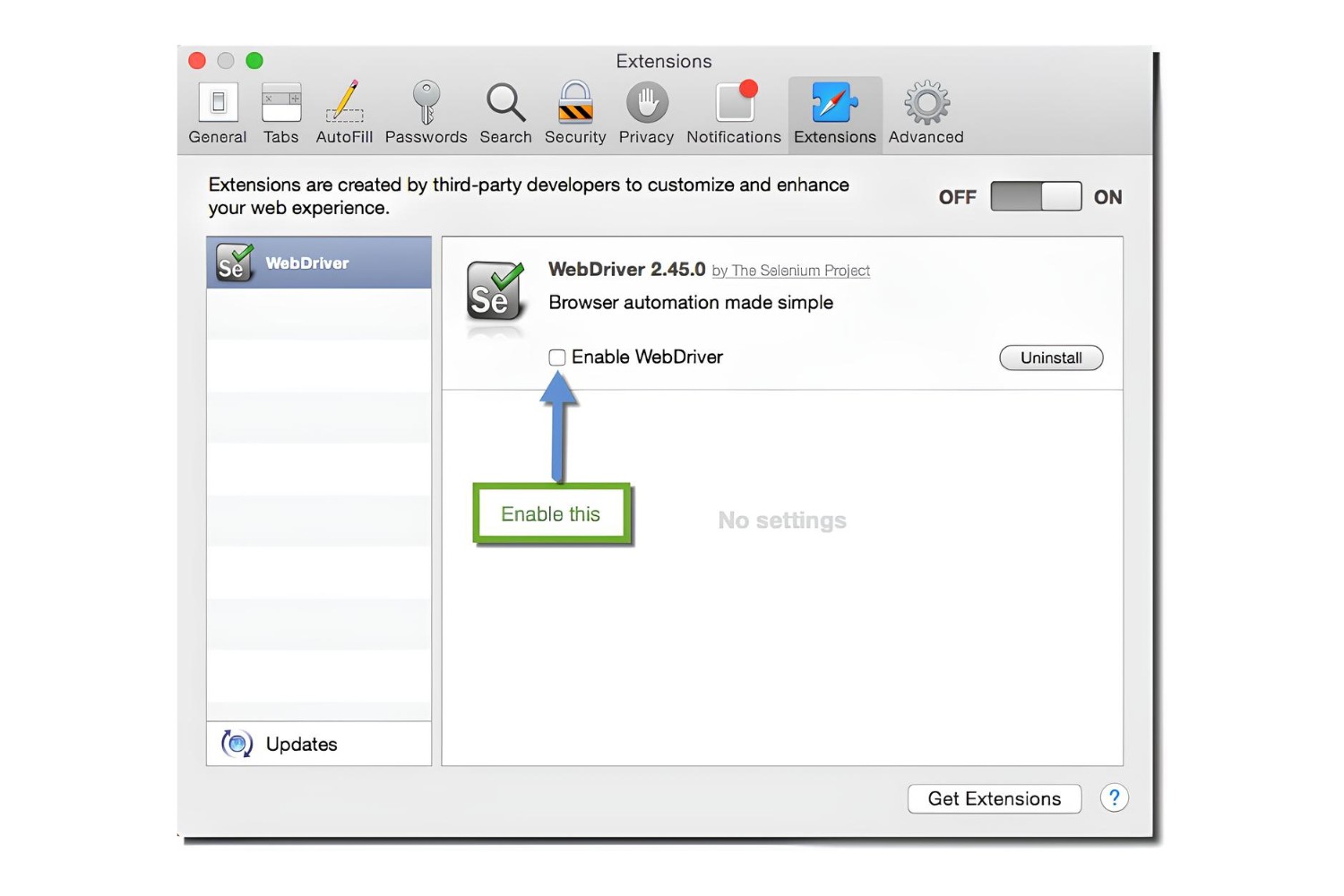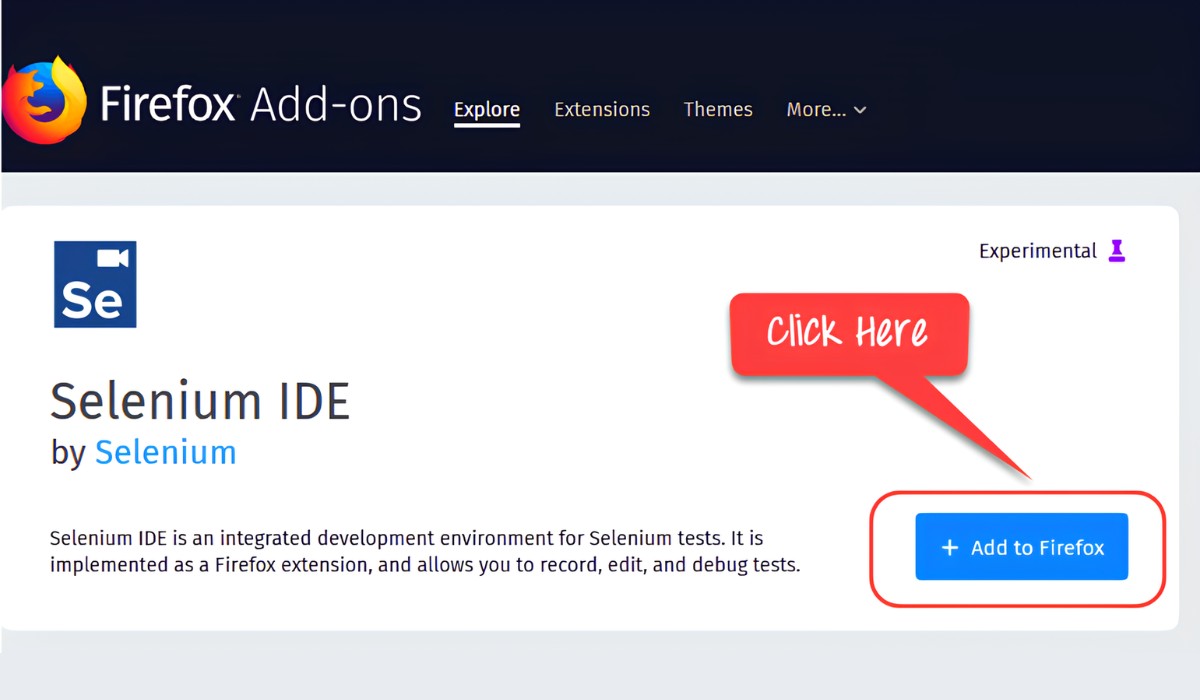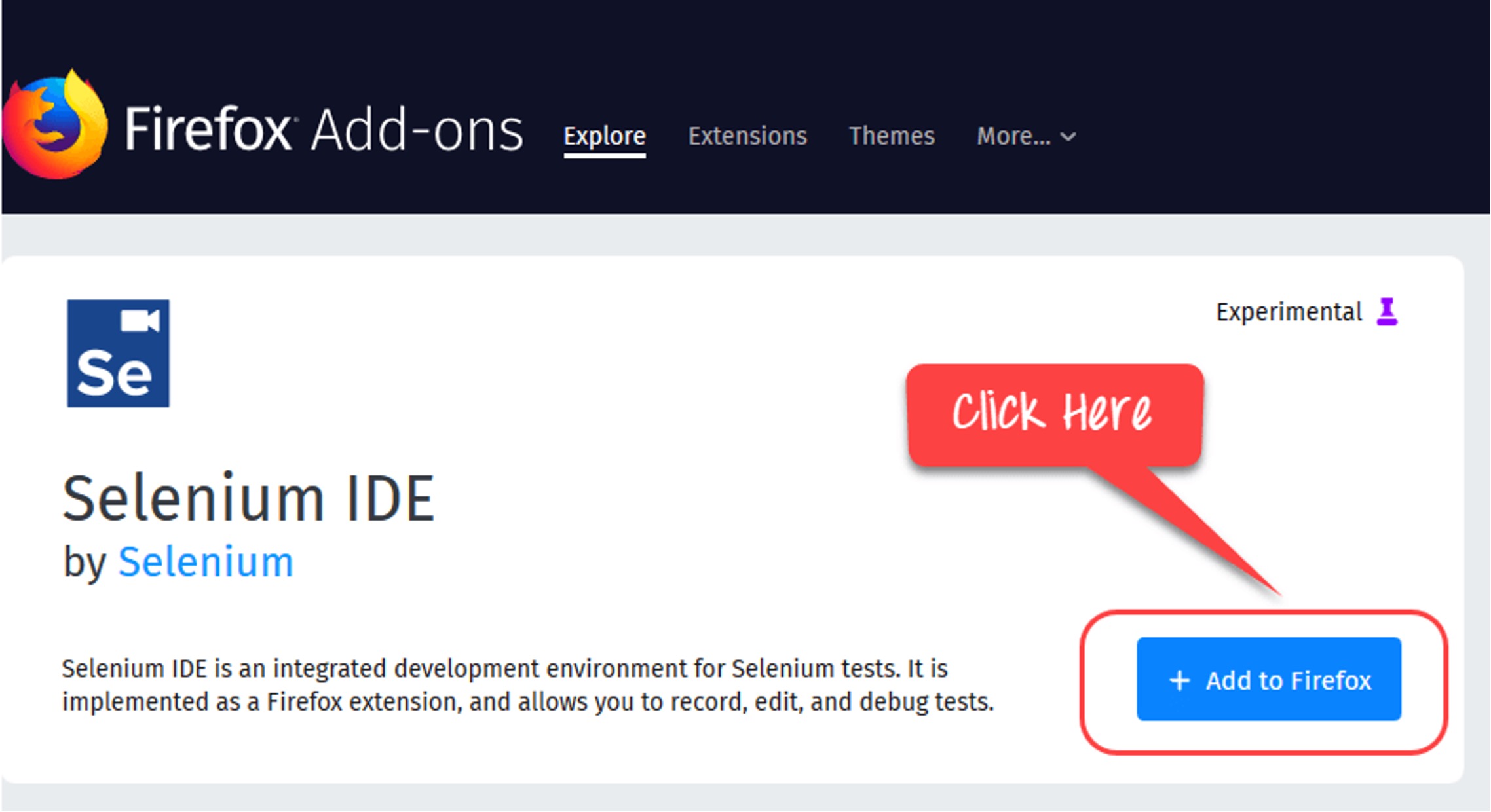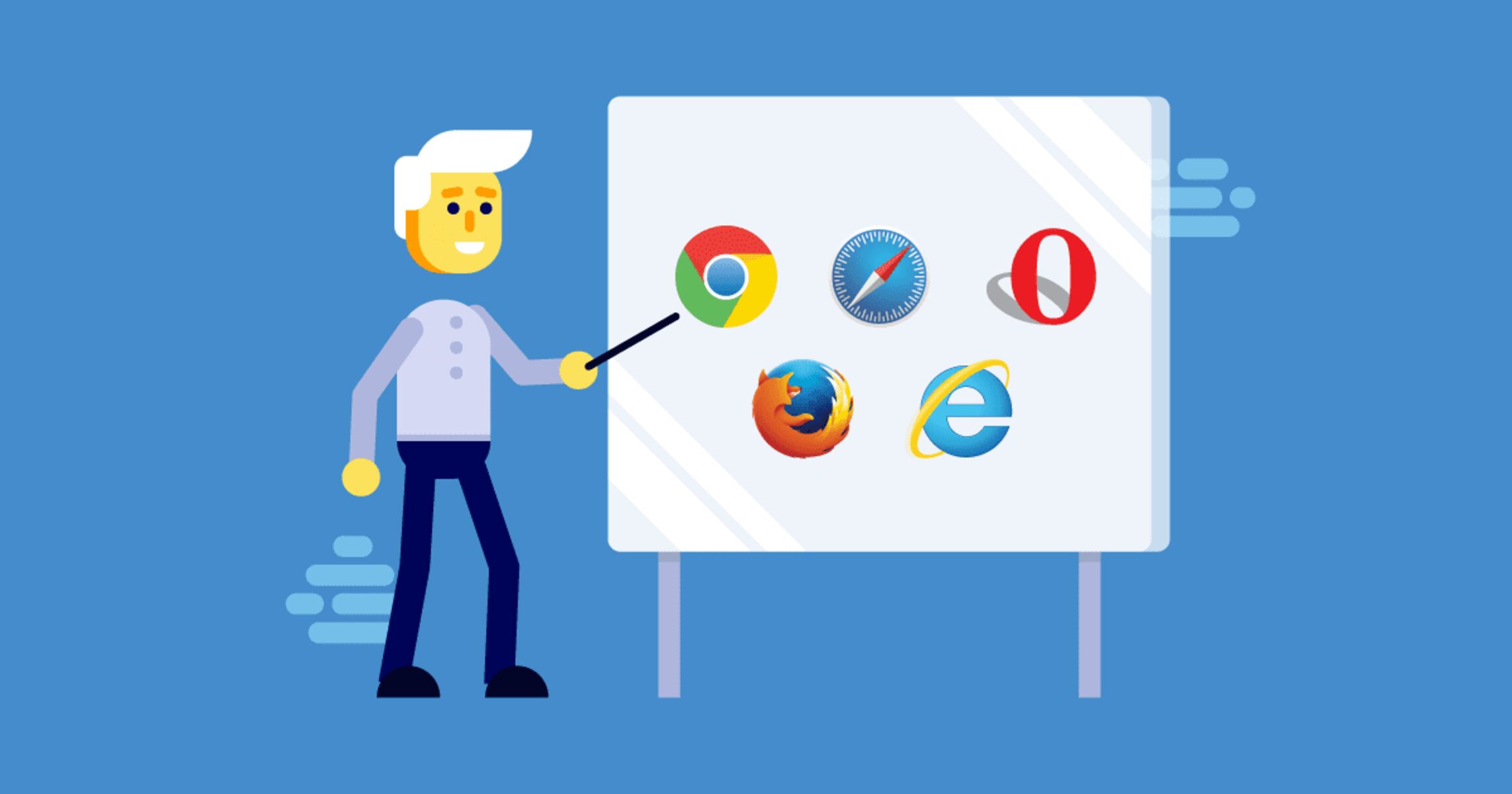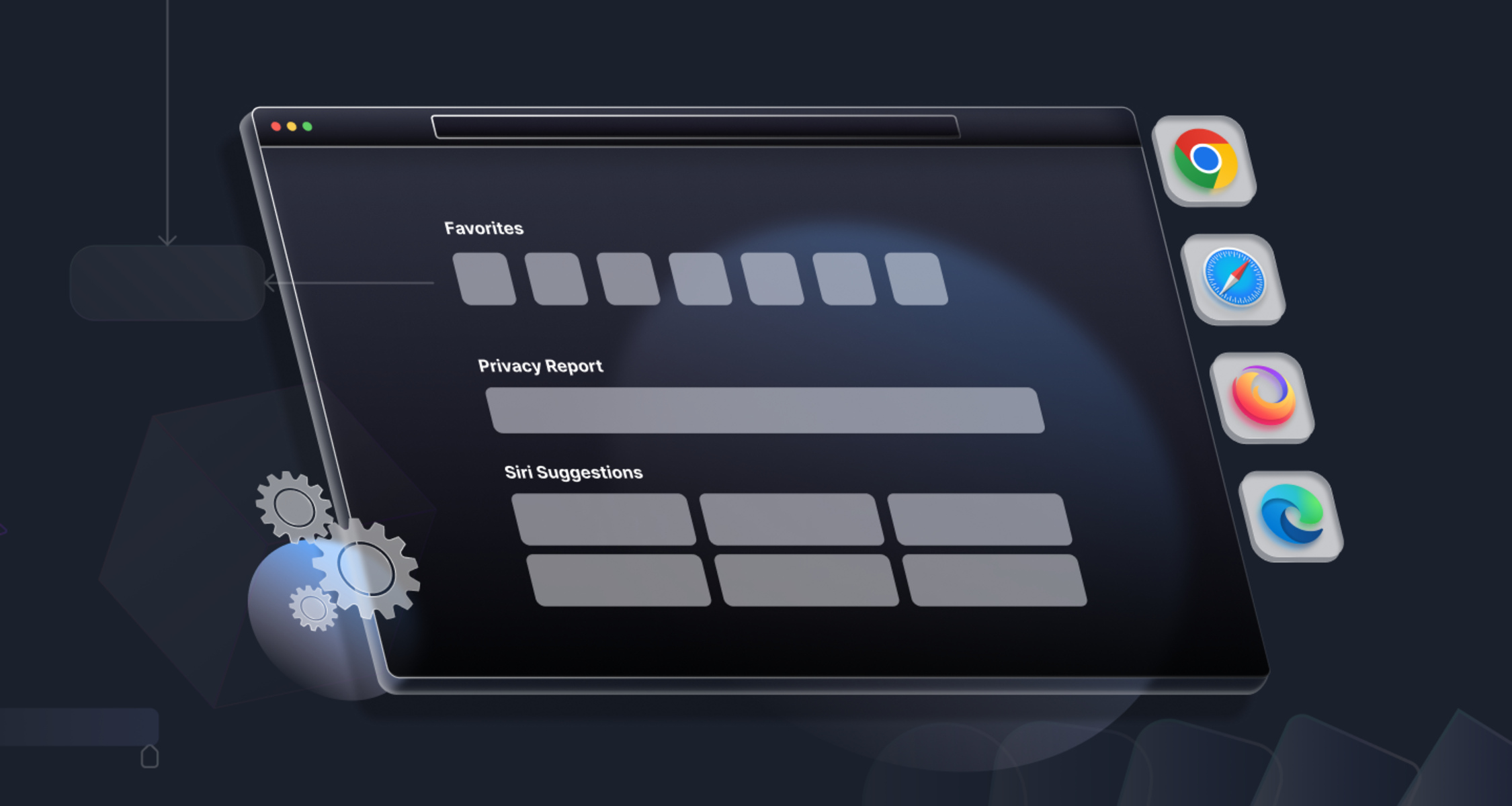Introduction
When it comes to web automation and testing, Selenium is a popular choice among developers and testers. It provides a powerful framework for automating web browsers, allowing for the execution of tests across different browsers and platforms. One of the key components of Selenium automation is the ability to control various web browsers, including Firefox, using the WebDriver interface.
In order to effectively utilize Selenium with Firefox, it's crucial to ensure that the correct path to the Firefox executable is set. This ensures that Selenium can locate and interact with the Firefox browser during automated testing processes. Setting the Firefox path in Selenium is a fundamental step that enables seamless integration between the two technologies.
In this guide, we will walk through the process of setting the Firefox path in Selenium, ensuring that your Selenium scripts can effectively communicate with the Firefox browser. By following the steps outlined in this tutorial, you will gain a clear understanding of how to configure Selenium to work with Firefox, paving the way for efficient and reliable web automation and testing. Let's dive into the details and get your Selenium-Firefox integration up and running smoothly.
Step 1: Download and Install Firefox
To begin the process of setting up Firefox for use with Selenium, the first step is to download and install the Firefox web browser. Firefox is a widely used and highly regarded web browser, known for its performance, security features, and extensive support for web standards. By installing Firefox, you will be able to leverage its capabilities for web automation and testing through Selenium.
Download Firefox
The first task is to download the Firefox browser from the official Mozilla website. Navigate to the Mozilla Firefox download page and locate the download button. Ensure that you are downloading the latest stable version of Firefox to benefit from the most recent features, improvements, and security updates.
Install Firefox
Once the Firefox installer is downloaded, proceed to run the installation process. Follow the on-screen instructions to complete the installation of Firefox on your system. During the installation, you may have the option to customize the installation settings, such as choosing the installation directory and creating shortcuts. Ensure that the installation process is successfully completed, and Firefox is ready to be launched.
Verify Installation
After the installation is complete, it's essential to verify that Firefox has been installed correctly. Locate the Firefox icon on your desktop or in the applications folder and launch the browser. Upon successful launch, you should see the Firefox interface, indicating that the installation was successful.
By following these steps to download and install Firefox, you have laid the foundation for integrating Firefox with Selenium for web automation and testing. With Firefox now installed on your system, you are ready to proceed to the next step of setting the Firefox path in Selenium, enabling seamless communication between Selenium and the Firefox browser.
Step 2: Set Firefox Path in Selenium
Setting the Firefox path in Selenium is a critical step in configuring the Selenium WebDriver to communicate with the Firefox browser. By specifying the path to the Firefox executable, Selenium gains the ability to launch and control Firefox during automated testing processes. This step is essential for ensuring that Selenium can seamlessly interact with Firefox, enabling the execution of automated test scripts and web interactions.
Locate Firefox Executable
The first task in setting the Firefox path in Selenium is to locate the Firefox executable file on your system. Depending on the operating system and the installation directory, the Firefox executable may be found in different locations. Commonly, on Windows, the Firefox executable is located in the "Program Files" directory, while on macOS, it is typically found in the "Applications" folder. For Linux-based systems, the Firefox executable may be located in the "/usr/bin" directory.
Set System Property in Selenium
Once the Firefox executable is located, the next step is to set the system property in Selenium to specify the path to the Firefox executable. This can be achieved using the "webdriver.gecko.driver" system property, which informs Selenium about the location of the Firefox WebDriver executable. By setting this system property, Selenium is equipped to launch Firefox and establish a connection for automated testing.
Code Example
Here's an example of how to set the Firefox path in Selenium using Java:
java
System.setProperty("webdriver.gecko.driver", "path_to_geckodriver_executable");
WebDriver driver = new FirefoxDriver();
In this example, the "webdriver.gecko.driver" system property is set to the path of the GeckoDriver executable, which is essential for Selenium to interact with the Firefox browser. Subsequently, a new instance of the FirefoxDriver is created, enabling Selenium to control Firefox for automated testing.
Verify Firefox Path
After setting the Firefox path in Selenium, it's crucial to verify that the configuration is accurate. This can be done by executing a simple Selenium script that launches Firefox and performs basic interactions with a web page. By running this script, you can confirm that Selenium is successfully communicating with Firefox, indicating that the Firefox path has been correctly set in Selenium.
By following these steps to set the Firefox path in Selenium, you establish the foundation for seamless integration between Selenium and the Firefox browser. This enables you to harness the power of Firefox for automated web testing, leveraging its capabilities within the Selenium framework. With the Firefox path configured in Selenium, you are well-equipped to execute automated test scripts and interact with web applications using Firefox as the designated browser for testing.
Step 3: Verify Firefox Path
After setting the Firefox path in Selenium, it's crucial to verify that the configuration is accurate. This verification process ensures that Selenium can seamlessly communicate with the Firefox browser, enabling the execution of automated test scripts and interactions with web applications. By confirming the accuracy of the Firefox path, you can be confident in the reliability and effectiveness of your Selenium-Firefox integration.
To verify the Firefox path in Selenium, you can create a simple Selenium script that launches Firefox and performs basic interactions with a web page. This script serves as a practical test to validate that Selenium is successfully communicating with Firefox, indicating that the Firefox path has been correctly set in Selenium.
Here's an example of a basic Selenium script in Java that verifies the Firefox path:
java
System.setProperty("webdriver.gecko.driver", "path_to_geckodriver_executable");
WebDriver driver = new FirefoxDriver();
driver.get("https://www.example.com");
String pageTitle = driver.getTitle();
System.out.println("Page Title: " + pageTitle);
driver.quit();
In this example, the script sets the system property for the Firefox executable using "webdriver.gecko.driver" and specifies the path to the GeckoDriver executable. Subsequently, a new instance of the FirefoxDriver is created, and the script navigates to a web page (in this case, "https://www.example.com"). The script then retrieves the title of the web page and prints it to the console before quitting the browser.
By executing this script, you can observe the behavior of the Firefox browser launched by Selenium. If the browser launches successfully, navigates to the specified web page, retrieves the page title, and quits without errors, it indicates that Selenium is effectively communicating with Firefox, validating the accuracy of the Firefox path configuration.
Additionally, you can incorporate more complex interactions and assertions into the Selenium script to further validate the functionality of Firefox within the Selenium framework. This may include interacting with web elements, performing actions such as clicking buttons or entering text, and verifying expected outcomes.
By verifying the Firefox path in Selenium through practical script execution and validation of browser behavior, you can ensure that your Selenium-Firefox integration is robust and ready for automated testing and web interactions. This validation step provides confidence in the accuracy of the Firefox path configuration, setting the stage for seamless and reliable utilization of Firefox within the Selenium automation framework.
Conclusion
In conclusion, setting the Firefox path in Selenium is a fundamental aspect of configuring the Selenium WebDriver to effectively communicate with the Firefox browser. By following the steps outlined in this guide, you have gained a comprehensive understanding of the process involved in integrating Firefox with Selenium for web automation and testing purposes.
Throughout this tutorial, we have covered the essential steps required to set up Firefox for use with Selenium. This includes downloading and installing the Firefox browser, locating the Firefox executable, setting the system property in Selenium to specify the Firefox path, and verifying the accuracy of the Firefox path configuration through practical script execution.
By successfully completing these steps, you have established a robust foundation for leveraging the capabilities of Firefox within the Selenium automation framework. The seamless integration between Selenium and Firefox enables you to execute automated test scripts, interact with web applications, and perform web testing with confidence and reliability.
Furthermore, the verification of the Firefox path in Selenium ensures that your Selenium-Firefox integration is accurate and dependable. By validating the communication between Selenium and Firefox through practical script execution, you can be assured of the effectiveness and reliability of your automated testing processes.
As you continue to explore the possibilities of web automation and testing with Selenium, the knowledge and skills acquired in setting the Firefox path will serve as a valuable asset. Whether you are conducting functional testing, regression testing, or any other form of web testing, the seamless integration between Selenium and Firefox empowers you to achieve efficient and effective testing outcomes.
In essence, the successful configuration of the Firefox path in Selenium opens the door to a world of possibilities in web automation and testing. With Firefox as a trusted browser within the Selenium framework, you are well-equipped to navigate the complexities of web applications, validate functionality, and ensure the quality of web experiences for users.
By mastering the integration of Firefox with Selenium, you are poised to embark on a journey of streamlined and reliable web testing, leveraging the combined strengths of Selenium and Firefox to drive quality and efficiency in your testing endeavors.









